Setsubun: A Japanese Tradition Celebrating the Arrival of Spring
The lively traditions of Setsubun, a Japanese festival that ushers in spring with rituals like bean throwing, lucky sushi rolls, and symbolic oni masks.
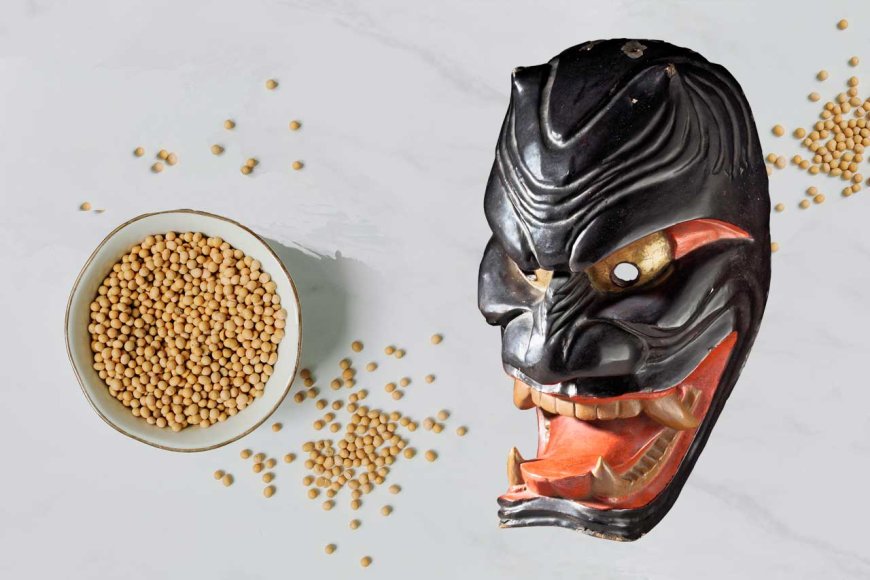
A Japanese Festival Marking the Transition from Winter to Spring
Setsubun is a lively and ancient Japanese tradition that marks the transition from winter to spring. Rooted in both Shinto and Buddhist customs, Setsubun is celebrated annually on February 3rd, symbolizing the expulsion of evil spirits and the welcoming of good fortune.
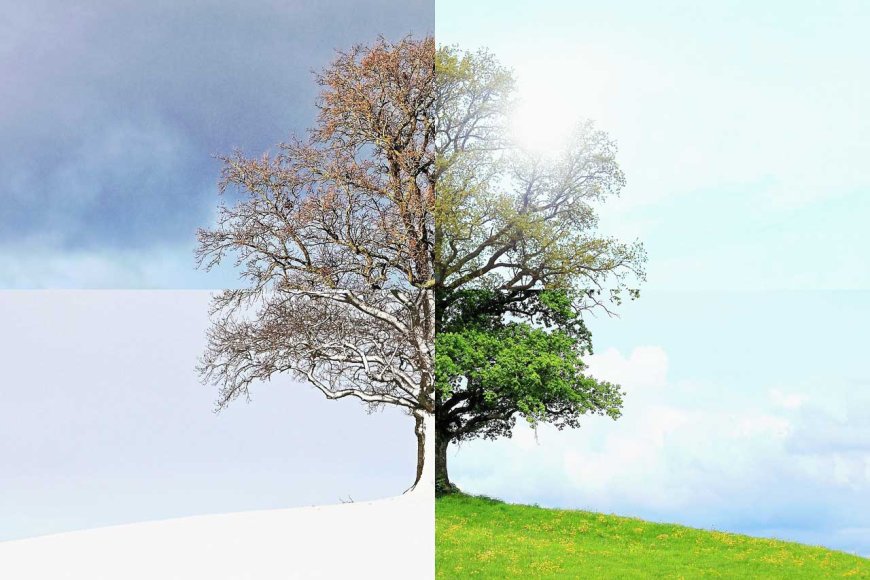
The Varied Dates of Setsubun
Contrary to the common association of Setsubun with February 3rd, the date is not fixed. Due to the lunar-solar calendar and leap years, Setsubun can fall on February 2nd or 4th. In 2021, Setsubun occurred on February 2nd for the first time in 124 years, showcasing the dynamic nature of this festive occasion.
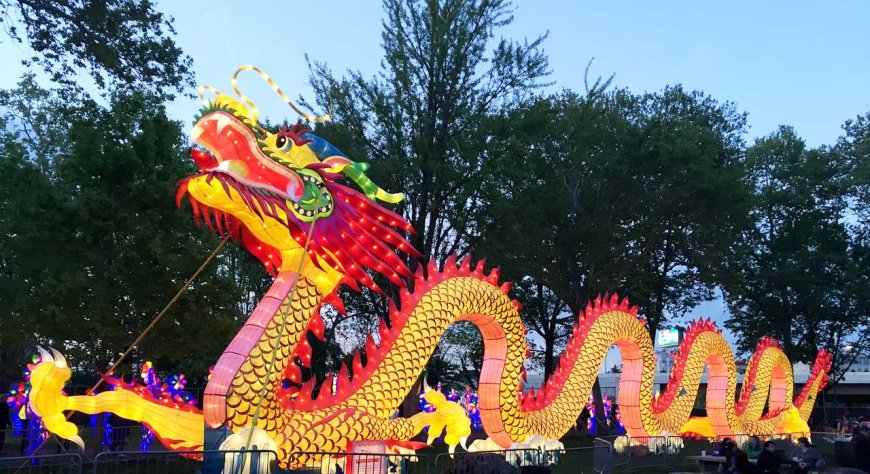
The Origins of Setsubun
Rooted in Chinese traditions, Setsubun became ingrained in Japan during the Heian period. Originally an imperial ceremony on New Year's Eve, an ancient ritual called Tsuina was performed to ward off epidemic spirits. While the imperial rituals waned, Tsuina evolved into the common practice of Setsubun among the general populace during the Edo period.
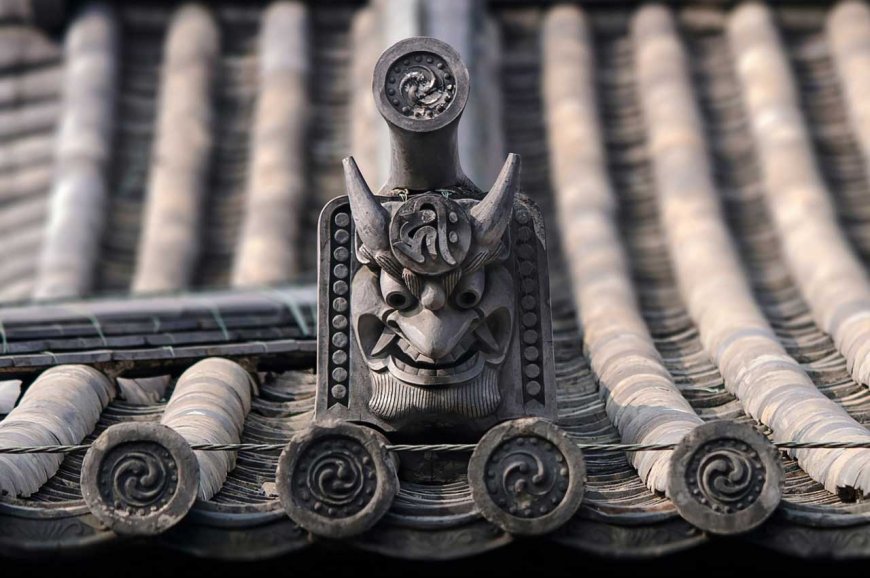
Mamemaki - Throwing Beans to Dispel Evil Spirits
One of the most iconic customs during Setsubun is the practice of mamemaki, or bean throwing. This ritual involves tossing roasted soybeans both inside and outside the house while chanting "Oni wa soto! Fuku wa uchi!" which translates to "Out with demons! In with good luck!" This lively activity symbolizes the expulsion of evil spirits and the invitation of good fortune into one's home. In addition, the tradition of roasting and offering beans at shrines further emphasizes their spiritual significance.
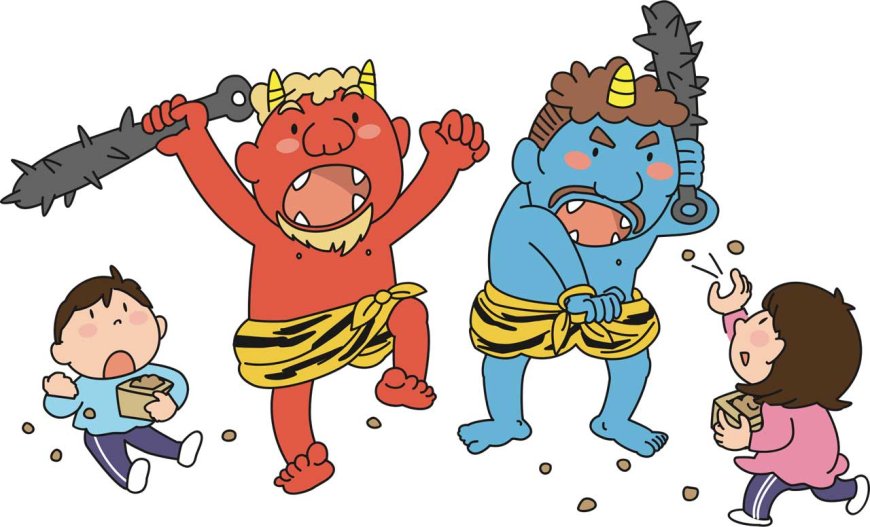
Role of Roasted Soybeans (Fukumame)
Setsubun tradition involves the ritualistic use of roasted beans, officially prepared the day before and arranged in a square on a shrine. The significance of performing an exorcism during this ceremony is emphasized, as it is believed to enhance its effectiveness. The choice of soybeans for this ritual is rooted in the perception of their sacred nature, and they are roasted to prevent sprouting, a practice stemming from historical fears of adverse events associated with sprouting beans. An intriguing anecdote suggests that, in the past, people would diligently roast the beans until they turned black to avert potential harm. Additionally, there's a linguistic play involved, linking the act of roasting with the term for "shooting" the demon's eyes. The word "mame," which refers to beans, also carries the connotation of health, adding a layer of symbolic meaning to this age-old tradition.

Ehomaki - Lucky Sushi Rolls for Good Fortune
Ehomaki, a special type of sushi roll, is a culinary delight associated with Setsubun. These "lucky direction" rolls are traditionally consumed while facing a specific direction believed to bring good fortune in the upcoming year. The ingredients often include seven fillings, representing the seven deities of good fortune. As families gather to enjoy ehomaki, they express gratitude for the past year and make wishes for prosperity in the year ahead.
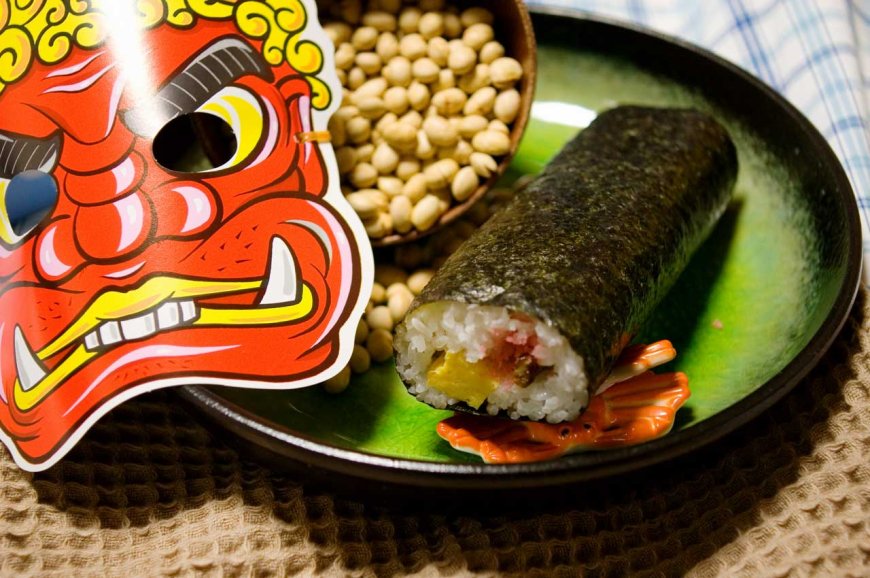 Pan-heated soybeans and Eho-maki (Lit. "lucky direction roll"). Credit: sakura_chihaya+
Pan-heated soybeans and Eho-maki (Lit. "lucky direction roll"). Credit: sakura_chihaya+
The Oni and Their Symbolism
Central to Setsubun imagery are oni, ogre-like creatures often depicted wearing colorful masks. During the mamemaki ritual, participants may wear oni masks and costumes, adding a playful and festive atmosphere to the occasion. The oni symbolize the forces of evil and misfortune that are being driven away during Setsubun, reinforcing the theme of purification and renewal.
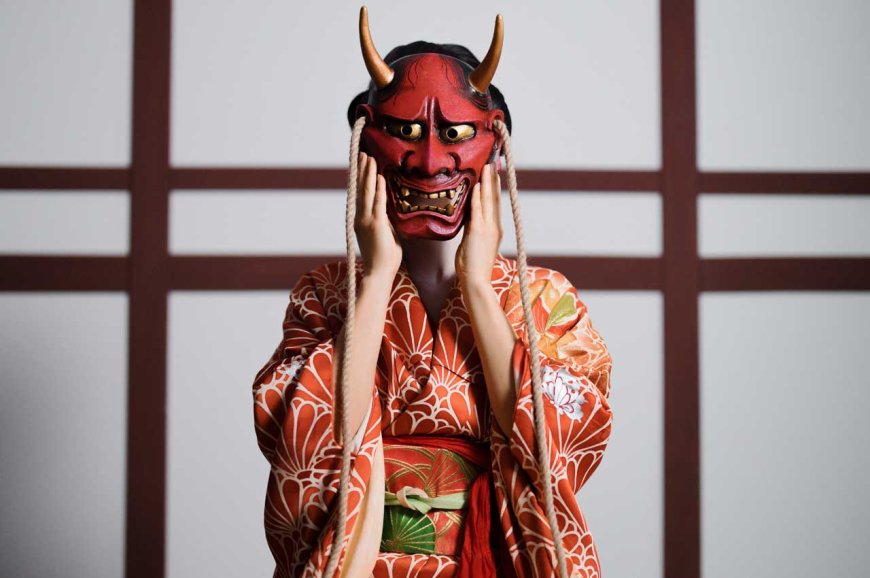
Regional Variations and Unique Setsubun Practices
Setsubun practices vary across regions, adding distinctive flavors to the festivities. In Osaka and Kyoto, the use of holly branches, known as "oni-no-nigiri," adds an extra layer of protection against evil spirits. Other regions employ unique practices such as hanging baskets with coarse meshes, using charms, and even discarding beans at intersections to ward off bad luck.
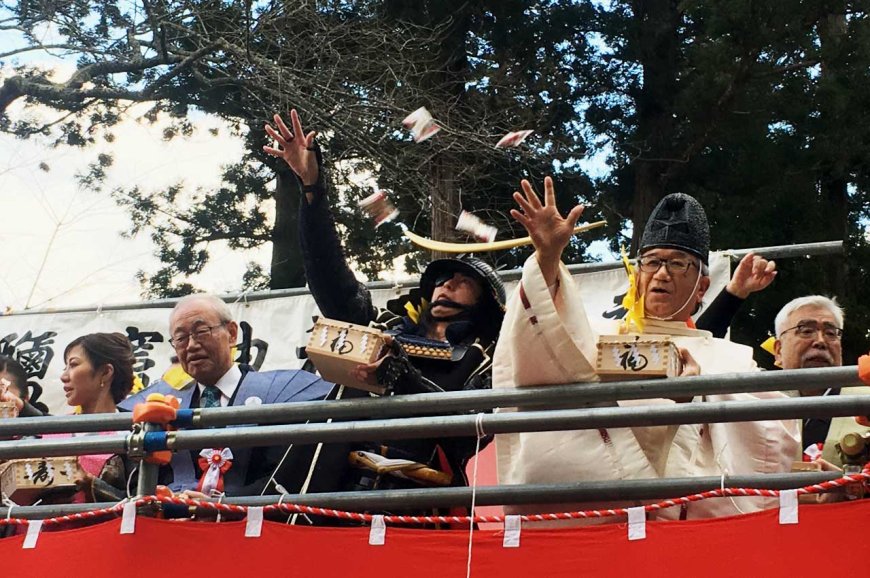 Setsubun festival at Shiogama-jinja. Credit: Eraevsky
Setsubun festival at Shiogama-jinja. Credit: Eraevsky
Setsubun Events at Prominent Shrines and Temples
Setsubun is not only a household celebration but is also marked by events at notable shrines and temples across Japan. From the lively festivities at Asakusa Temple in Tokyo to the serene ceremonies at Naritasan Shinshoji Temple, Setsubun is observed with unique rituals and performances, attracting locals and tourists alike.
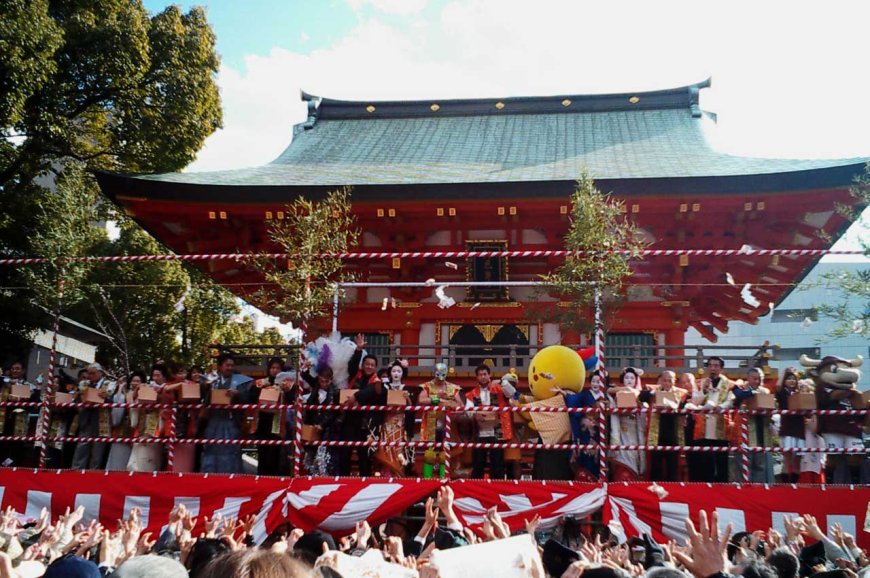 Celebrations for Setsubun in Ikuta Jinja, Kobe. Credit: Shadi HIJAZI
Celebrations for Setsubun in Ikuta Jinja, Kobe. Credit: Shadi HIJAZI
Modern Takes on Setsubun
In contemporary Japan, Setsubun has evolved beyond traditional rituals. Some urban areas, like Kyoto, have turned Setsubun into a night of masked parades, blending ancient customs with modern festivities. This adaptation reflects the resilience of cultural traditions in the face of changing times.
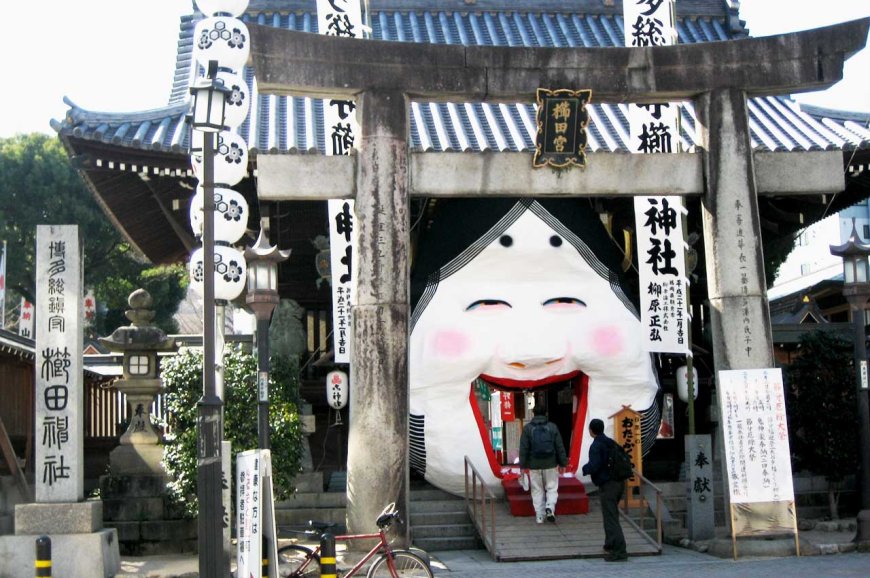 Kushida Setsubun Festival. Credit: 酒呑みおやぢ
Kushida Setsubun Festival. Credit: 酒呑みおやぢ
Setsubun and the Spirit of Unity
Regardless of regional variations and modern adaptations, Setsubun remains a time for families to come together, enjoying the shared ritual of mamemaki. The celebration symbolizes unity, the drive for good fortune, and the hope for good health and prosperity.
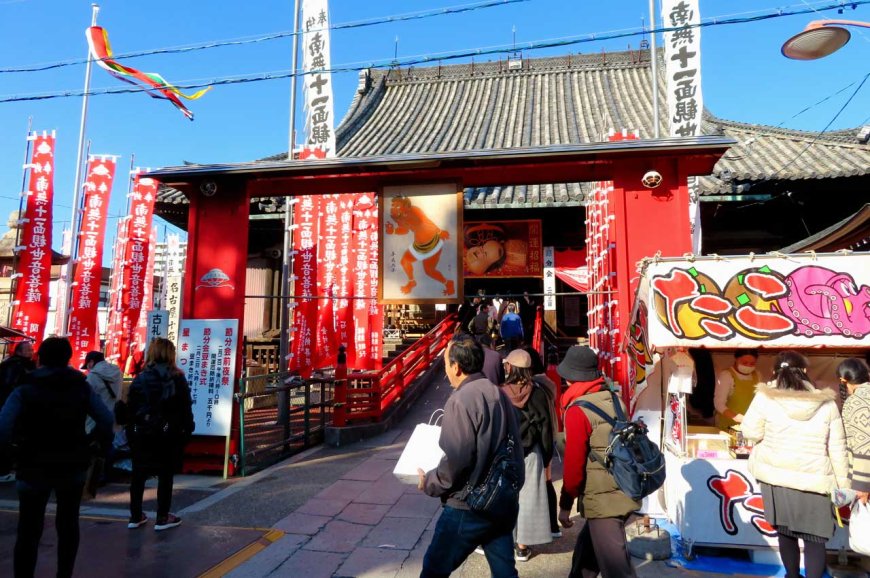 Kasadera Kannon on Setsubun Festival. Credit: KKPCW
Kasadera Kannon on Setsubun Festival. Credit: KKPCW
Setsubun stands as a testament to the rich culture of Japan, blending ancient traditions with modern celebrations. Through rituals like mamemaki, the consumption of ehomaki, and a lot more, Setsubun brings communities together to welcome the promising arrival of spring. As the beans fly and the oni retreat, the Japanese people embrace the spirit of renewal, fostering hope and positivity for the year ahead.
Find Cheap Flight Tickets to any Destinations in Japan and the Philippines
Nipino.com is committed to providing you with accurate and genuine content. Let us know your opinion by clicking HERE.





































































